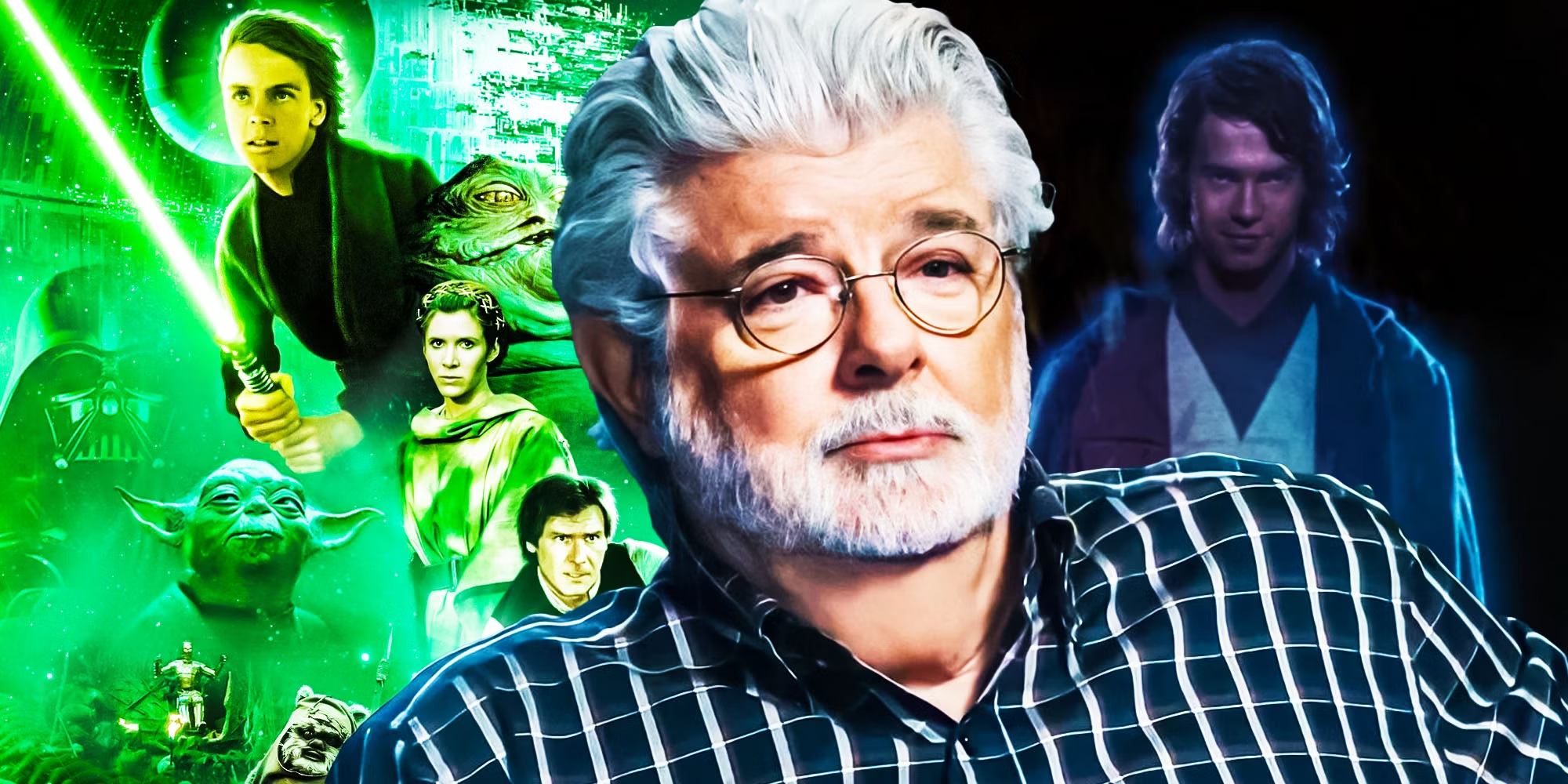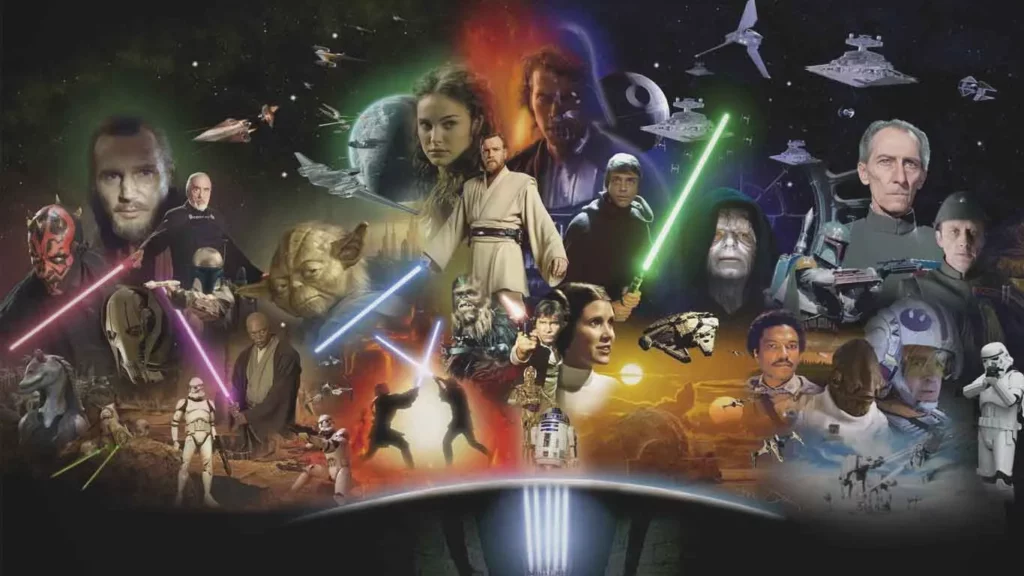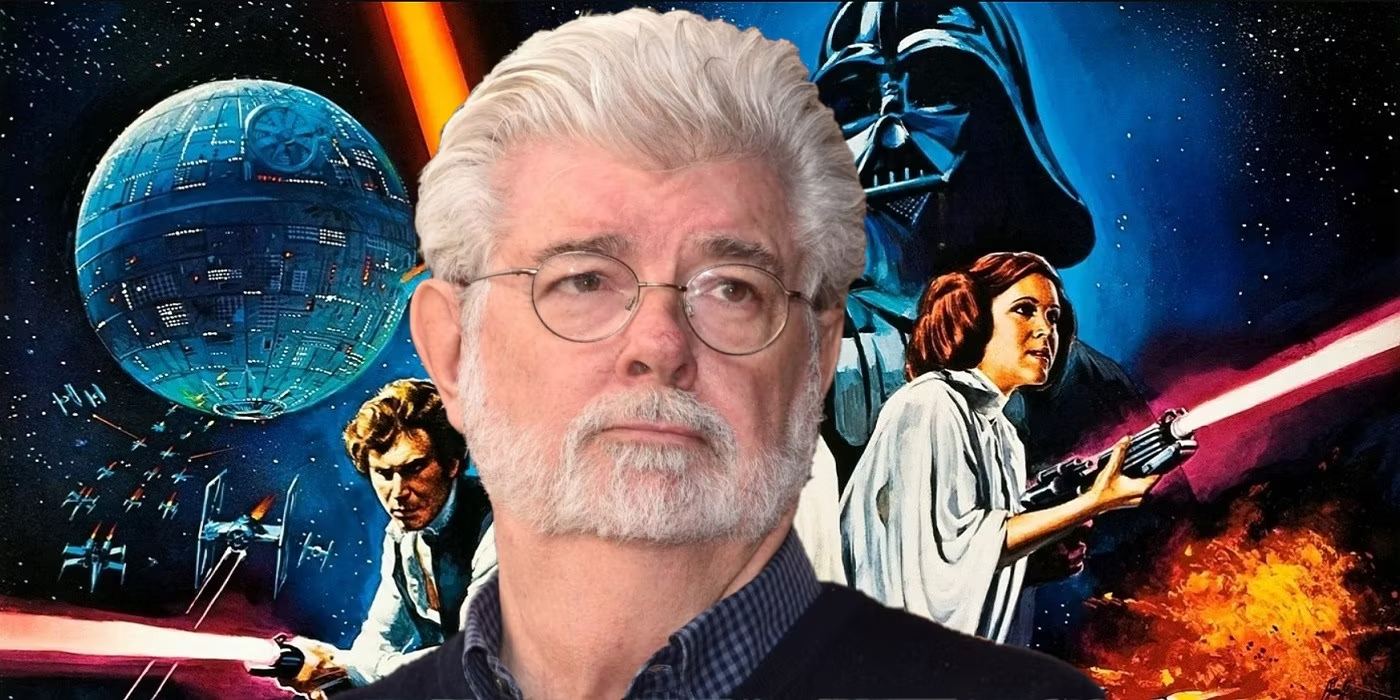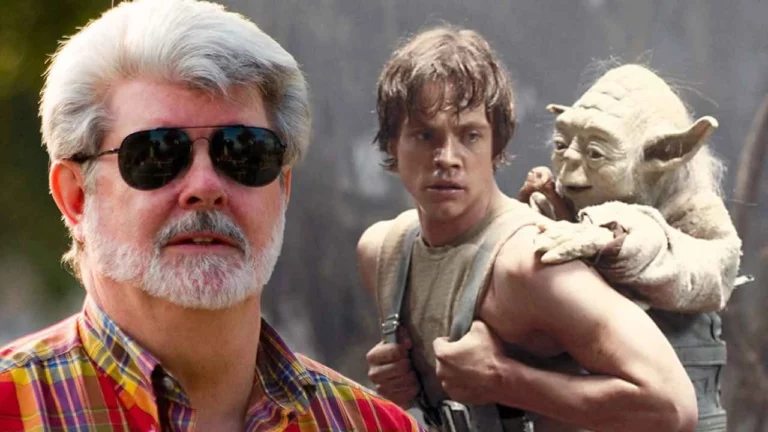When George Lucas embarked on creating “Star Wars: Episode I – The Phantom Menace,” he wasn’t just returning to a beloved universe; he was setting out to redefine the possibilities of cinematic visuals. Released in 1999, the prequel marked a significant departure from the original trilogy, not just in timeline but in its technological aspirations. One of the most striking examples of this ambitious vision was the creation of the underwater city of Otoh Gunga on the planet Naboo. This scene remains a testament to the film’s pioneering use of computer-generated imagery (CGI), an area where Lucas truly flexed his creative muscles.

Crafting Otoh Gunga: A Dive into Uncharted Waters
In an illuminating discussion with Bill Moyers, George Lucas detailed the extensive creative process behind Otoh Gunga. This wasn’t just about constructing a visually appealing set; it involved the creation of a fully-realized underwater society, complete with its own culture, religion, and economy. Lucas’s team had to meticulously plan every detail of this society, despite many elements not making it to the final screen cut. “Most of it doesn’t appear in the movie, but you have to have thought it through, otherwise there’s — something always rings very untrue or phony about what it is that’s going on,” Lucas explained. This commitment to depth and authenticity in world-building is what sets the scene apart as a crowning achievement in CGI.

The Challenges of Realism in CGI
Transitioning to CGI brought its own set of challenges, chiefly maintaining realism within the fantastical. Lucas admitted the difficulty in grounding his creations while adhering to the self-imposed rules of his universe. Prior to CGI, achieving the scale and intricacy needed for scenes like those on the landing platform in a bustling city was unfeasible. “It was just impossible. You couldn’t build a set big enough. You couldn’t create that reality,” said Lucas. This transition to digital allowed for a more expansive and detailed portrayal of the “Star Wars” galaxy, pushing the envelope of what could be visualized on screen.
A Visual Feat Deserving Recognition
Despite the mixed reviews from critics and fans alike, the advancements made in “The Phantom Menace” in terms of CGI cannot be understated. The film arrived at a time when digital technology was just beginning to find its footing in mainstream cinema. Lucas not only embraced these new tools but also pioneered techniques that would set standards for future films. The Phantom Menace, particularly through its creation of Otoh Gunga, stands as a landmark in the evolution of visual effects, showcasing what CGI could accomplish in skilled hands.

Reevaluating the Legacy of “The Phantom Menace”
While “The Phantom Menace” may not have garnered the universal acclaim of its predecessors, its contribution to the art of filmmaking, especially in the realm of CGI, is undeniable. George Lucas’s willingness to explore and innovate has left an indelible mark on the industry. As we look back on the advancements over the decades, the underwater marvel of Otoh Gunga reminds us of the boundless potential of cinematic visuals when paired with visionary creativity.
